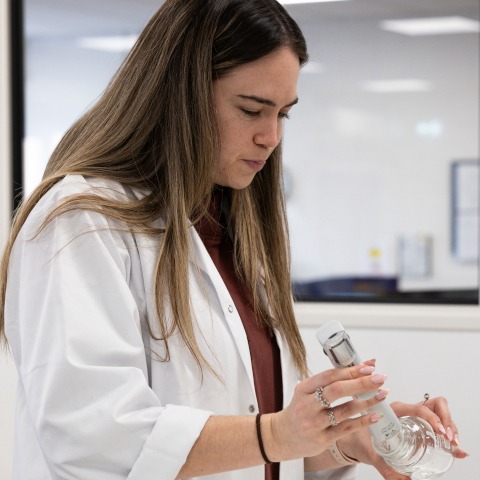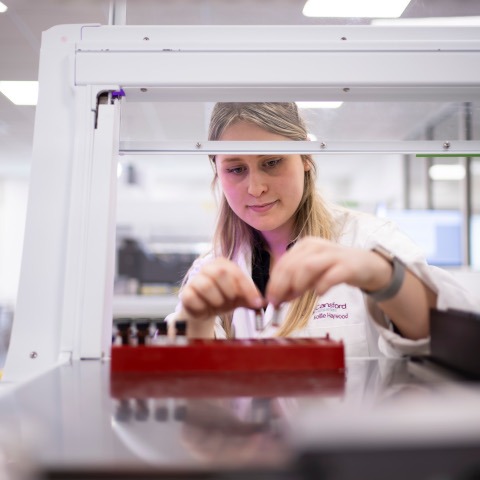Cansford Laboratories co-founder and chief scientific officer Dr Lolita Tsanaclis explores one of the most widely questioned issues in hair testing – external contamination – in her latest book chapter.

Authored by Lolita Tsanaclis and supported by John Wicks from Cansford Laboratories, Effects of external contamination and cosmetic treatments on hair testing can be explained…most of the time! was published by the Royal Society of Chemistry, in Perspectives and Challenges of Hair Analysis.
The chapter is a valuable resource for students, legal professionals, and other stakeholders involved in drug and alcohol testing. It gives an open account of the complexities of hair analysis, especially with reference to external contamination, and offers practical recommendations for improving interpretation and reliability in testing.
Says Lolita: “It’s very important to Cansford Laboratories that we continue to look at the science and closely and openly examine key issues surrounding hair testing. This ensures we keep ahead of the industry and promote best practice so clients are confident they are receiving a high standard of testing.”

Talking about the new chapter, Lolita says: “While external contamination poses a challenge, historically raising concerns about false positives and requiring thorough hair washing protocols, it is manageable in most cases. It’s rare that results can’t discriminate between use and external contamination, with evidence from clinical data or social context.
“The chapter emphasises the need for validated hair wash procedures, honest interpretation, and consideration of external factors, like cosmetic treatments and environmental exposure, in hair analysis. We cover how wash residue analysis can support interpretation but also faces its own challenges relating to specific hair segments.
“Regarding cosmetic treatments such as dyeing and bleaching, our studies show that drug levels are still, in most cases, detected in the hair of regular users even after strong chemicals are used on the hair.”
The chapter also highlights the results of the analysis of dreadlock samples, where hair sections contain strands from various periods, require careful interpretation.
Dr Lolita Tsanaclis has made significant contributions to the field of toxicology and forensic science through numerous publications in scientific journals and chapters in books. Her work demonstrates her expertise in hair analysis, drug testing, and forensic toxicology, contributing significantly to the scientific understanding of these areas over several decades.
Perspectives and Challenges of Hair Analysis is available through the Royal Society of Chemistry’s Books Gateway: Perspectives and Challenges of Hair Analysis | Books Gateway | Royal Society of Chemistry (rsc.org)
-Ends-




